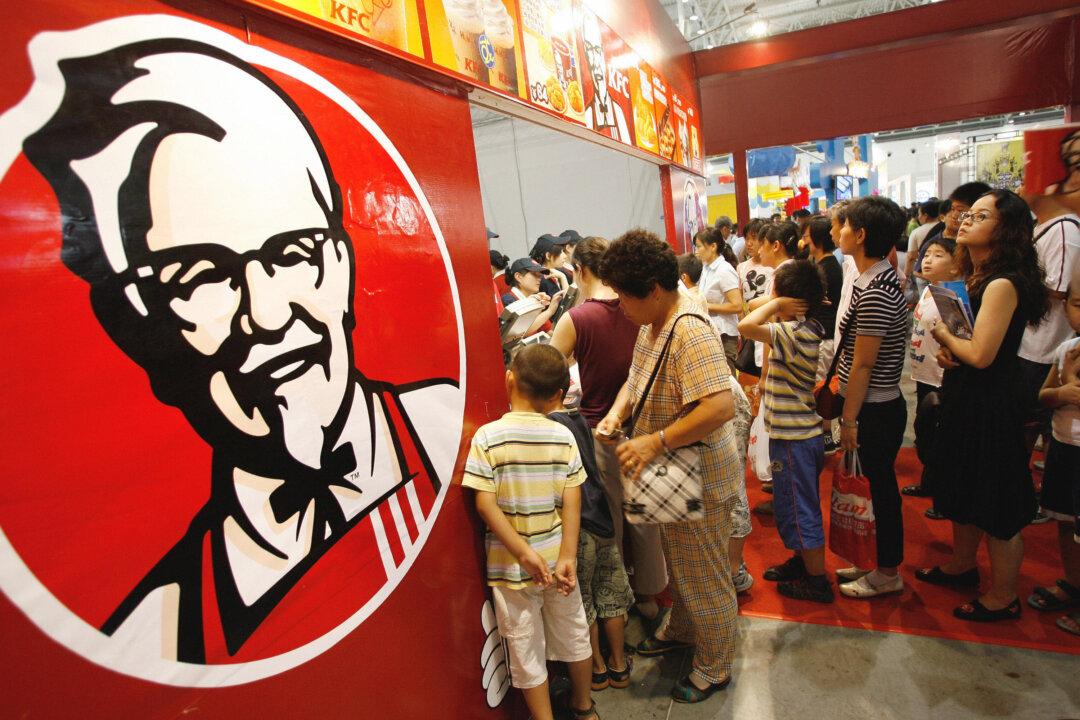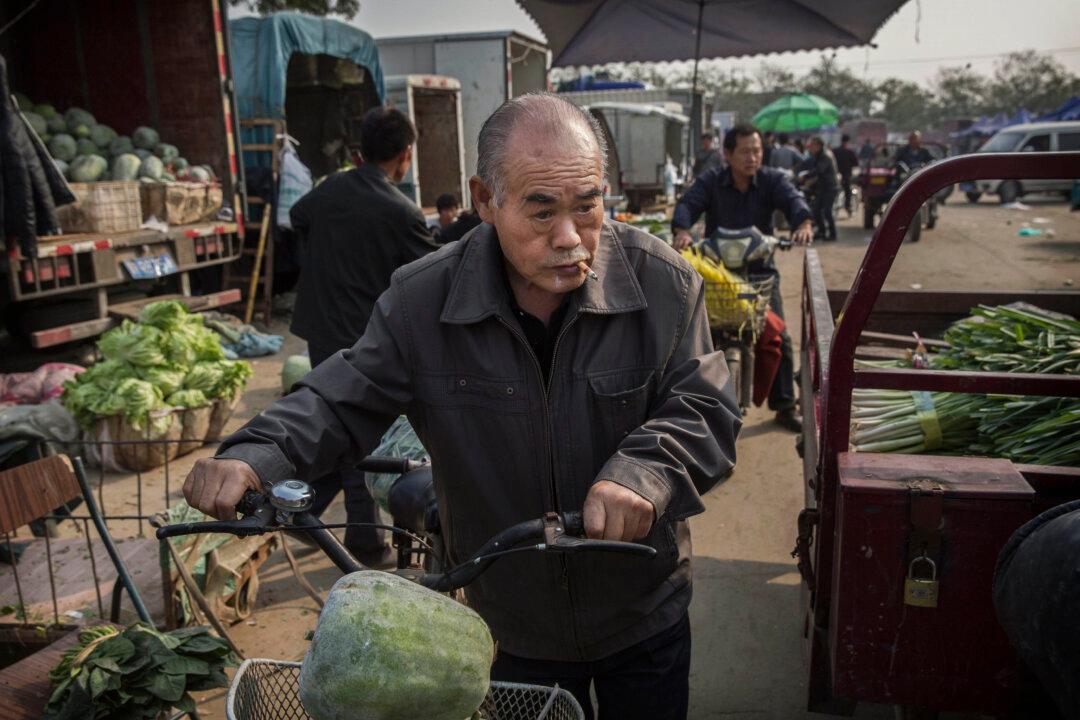News Analysis
Yum Brands Inc.’s carefully orchestrated China exit strategy has hit a few roadblocks.
Last month, a consortium consisting of China Investment Corp. (CIC) and U.S. private equity firm KKR & Co. abruptly dropped its bid to acquire a majority stake in Yum’s China operations. Several reasons on both sides led to the failed acquisition, including valuation, difficulties around repatriation of proceeds by Yum Brands, and concerns about returns for the acquirers amidst a slowing Chinese economy.
The fast-food operator must now go back to the drawing board on its Yum China spinoff strategy, which it announced in March with a planned completion date by the end of 2016.
Rise and Fall
It has been a quick and dramatic fall for Yum China.
For years, Yum Brands epitomized what U.S. companies hope to achieve in China. The owner of KFC, Taco Bell, and Pizza Hut is the leading fast-food chain in China, with more than 5,000 KFC locations and 1,900 Pizza Hut restaurants in the country.
But over the last three years Yum China has been beset by multiple challenges, including scandals over the quality and safety of food sold at KFC outlets, and stiff competition from other fast-food chains. The market share of KFC, by far the biggest single fast-food brand in China, dropped from 5.2 percent in 2010 to 3.5 percent at December 2015.
Same-store sales—a common metric to measure retail performance—at Yum China were negative for 2014 and 2015, although first quarter 2016 saw a rebound of 6 percent gain. The results were partially aided by aggressive Chinese New Year promotions at KFC.





